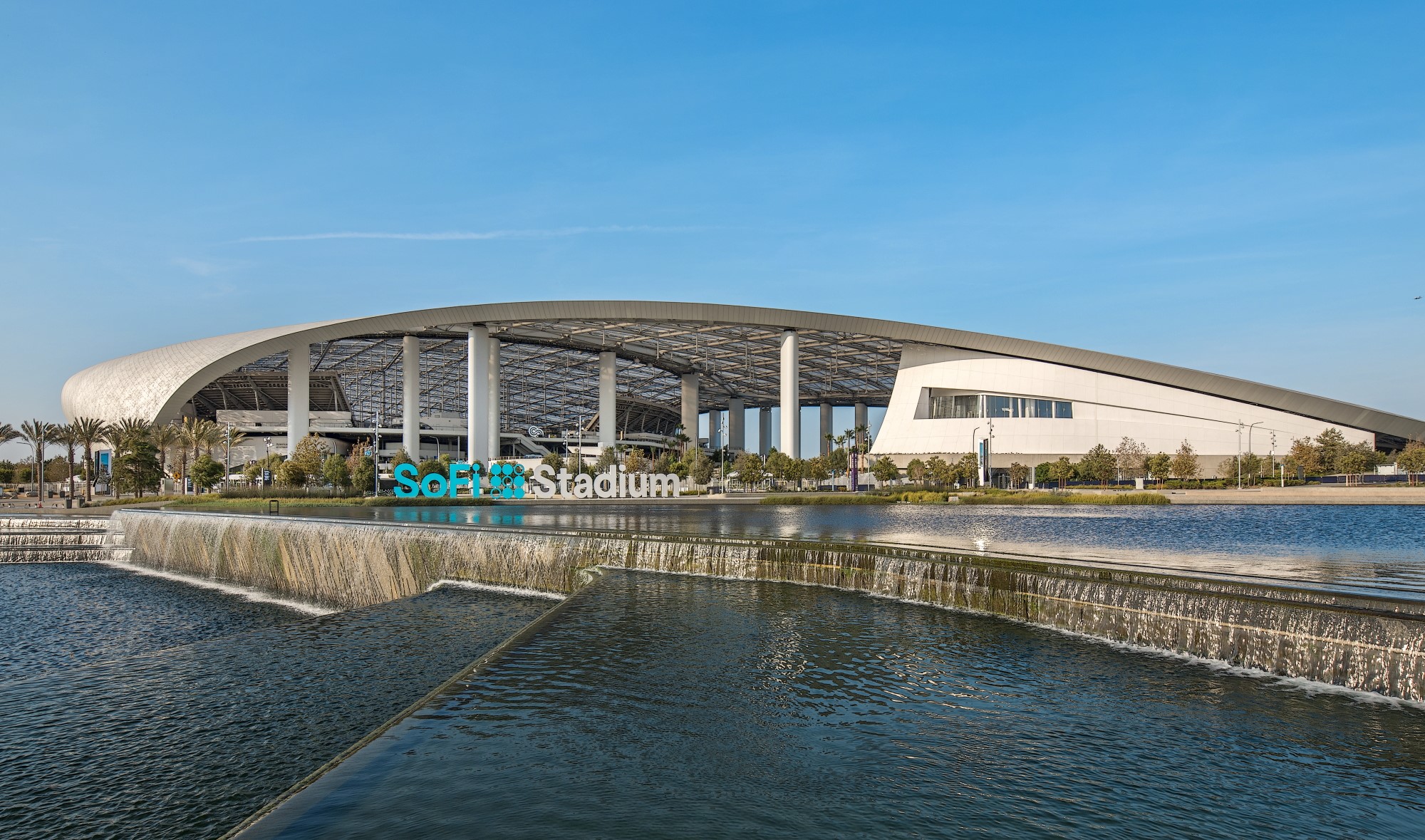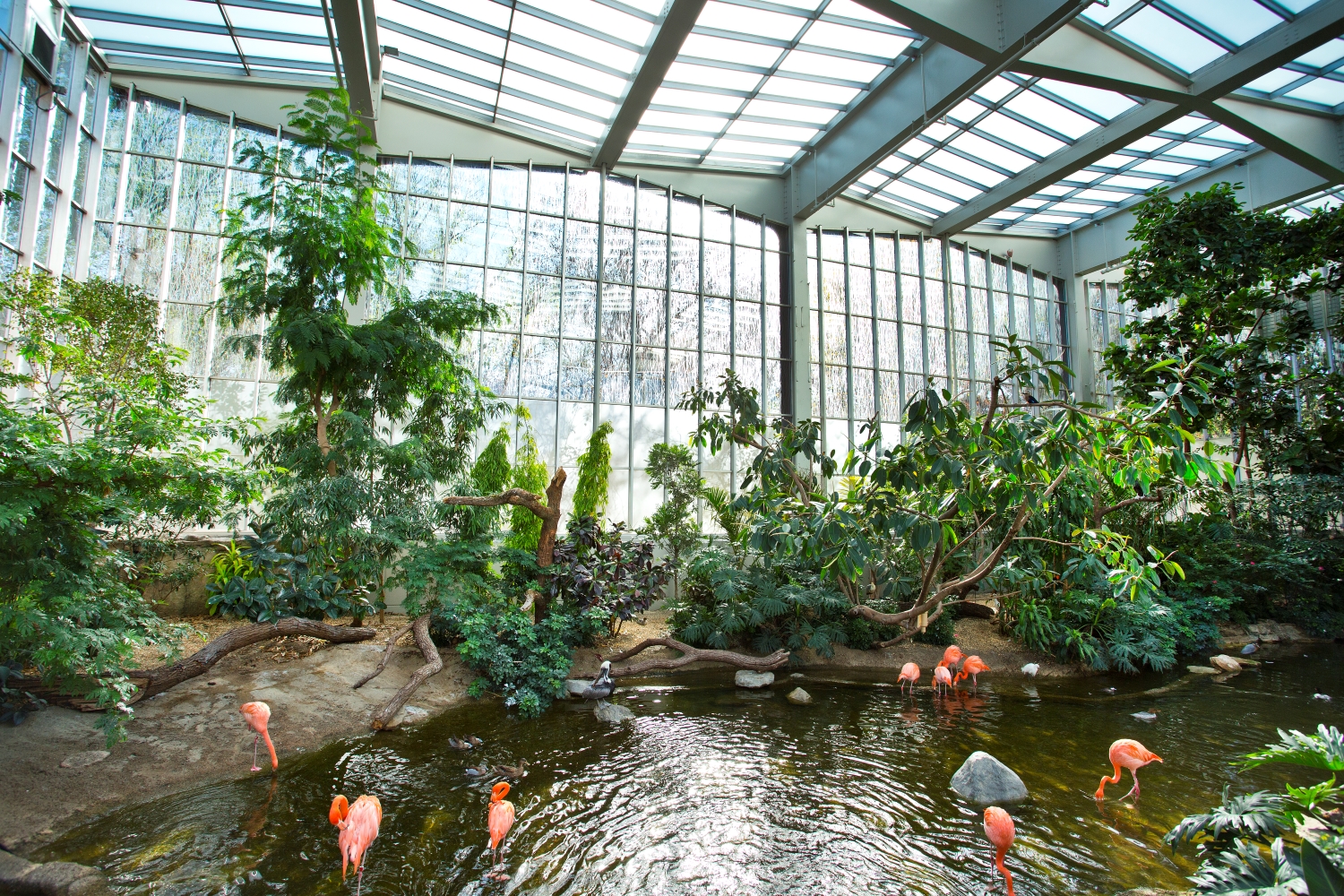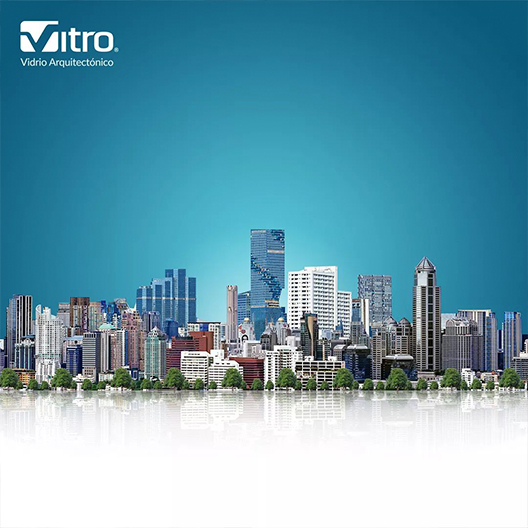• Low emissivity glass (low-e) and solar control maximize the transmission of natural light while limiting the passage of heat from the outside, allowing savings in the consumption of electrical energy in your buildings and reducing gas emissions from greenhouse effect during the life of the building.
• Electricity consumption due to the use of air conditioning, ventilation and associated equipment can represent more than 50% of the electrical consumption of office buildings.
• In regions with warm weather, such as Nuevo León, the potential for savings by using low emissivity glass and solar control could reach up to 37.61% in initial investment costs and up to 32.58% in annual operating costs.
September 12, 2019, Monterrey, Nuevo León. - Vitro Architectural Glass, the largest glass manufacturer in North America, presented the results of its technical study that demonstrates the benefits obtained by integrating architectural glass with low emissivity (low-e) and solar control in real estate developments in buildings in Mexico by allowing considerable savings in the consumption of electrical energy by air conditioning and artificial light.
In the study carried out by Group14 Engineering, the energy and economic impact was analyzed by using different types of architectural glass in a 15-level office building prototype in nine cities * different from Mexico with different climatic conditions each, it was determined that the Main benefits of use are the:
• Reduction of the initial investment in cooling and ventilation equipment between 37% and up to 41%, which allows savings of approximately 19 to 30 million pesos.
• Decrease in the annual energy consumption of the building between 19 and up to 33%, which translates into savings of the order of 1.24 to 10.33 million pesos in energy costs for the operation of the building.
• Mitigation of carbon dioxide emission between 19 and up to 33% during the useful life of the building, which represents between 29 thousand and 117 thousand tons.
Also, the study showed that there are benefits for the occupants of the buildings that use architectural glass, since by using natural light to a greater extent, a fall of 4% to 6% (3) in the productivity of workers is avoided By having a comfortable temperature in their work spaces, employees who have work spaces near the windows report up to 46 minutes (4) of better sleep quality at night, and 7% to 12% (5) of improvement in processing times by having views of nature from work spaces.
Internationally, the construction sector generates 40% (1) of greenhouse gas emissions and in Mexico buildings represent 18% (2) of the country's electricity consumption.
According to the Green Building Council, Mexico is a highly competitive country in terms of sustainable urban development, since it ranks ninth in the list of the 10 countries with LEED certified buildings. Considering that the amount of real estate by 2060 will be double what it was in 2018 and it is important to consider that the useful life of a building is around 50 years or more, the decisions taken from the beginning of the project will have an impact in the short, medium and long term for the occupants and the environment, making each real estate project an opportunity to contribute towards a future of zero emissions by the real estate sector.
Fernando Diez, General Marketing Manager of Vitro Architectural Glass, mentioned that “it is a priority for us to share among the experts and architectural community of Mexico the benefits of this type of glass that have been achieved thanks to the innovation and technology of recent years. The design of new constructions and the selection of materials should not be limited to the function of safeguarding the external elements, but also should influence the well-being and health of its occupants, the development of their skills and their quality of life. "
Vitro reaffirms its commitment to generate value and innovate with cutting-edge technology in terms of sustainability, discipline savings and high performance.
(1) UN Environment and International Agency (2017)
(2) IEA Energy Balance Statistics 2013
(3) (4) (5) World Green Building Council (2016). Building the business case: Health, Wellbeing and Productivity in Green Offices
*Cancún, Guadalajara, León, Mazatlán, Mérida, Ciudad de México, Monterrey, Tijuana y Zacatecas



